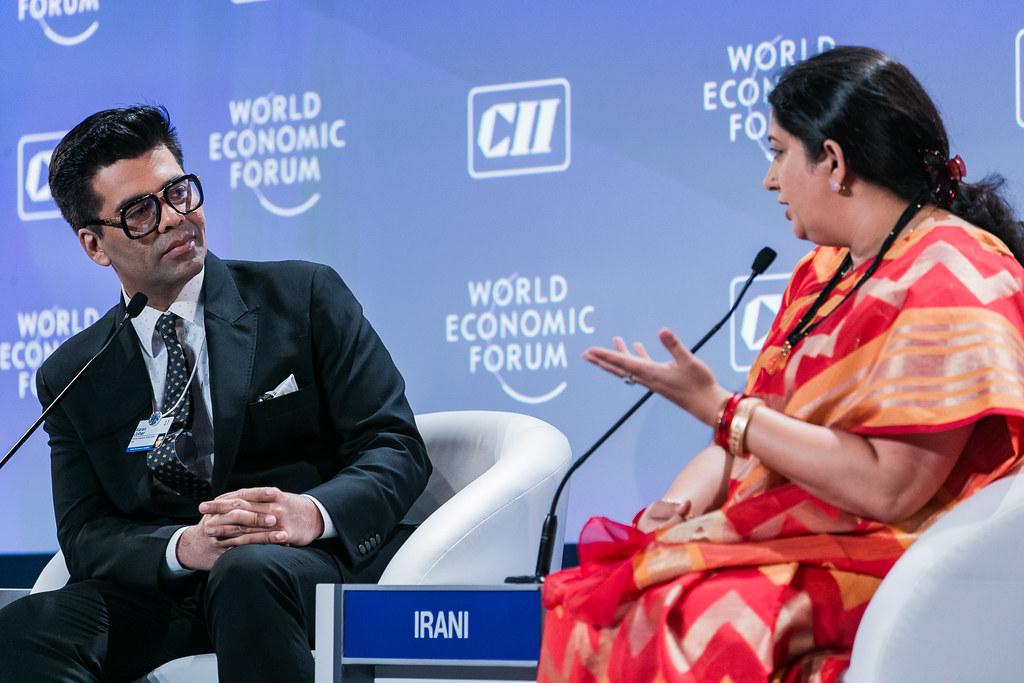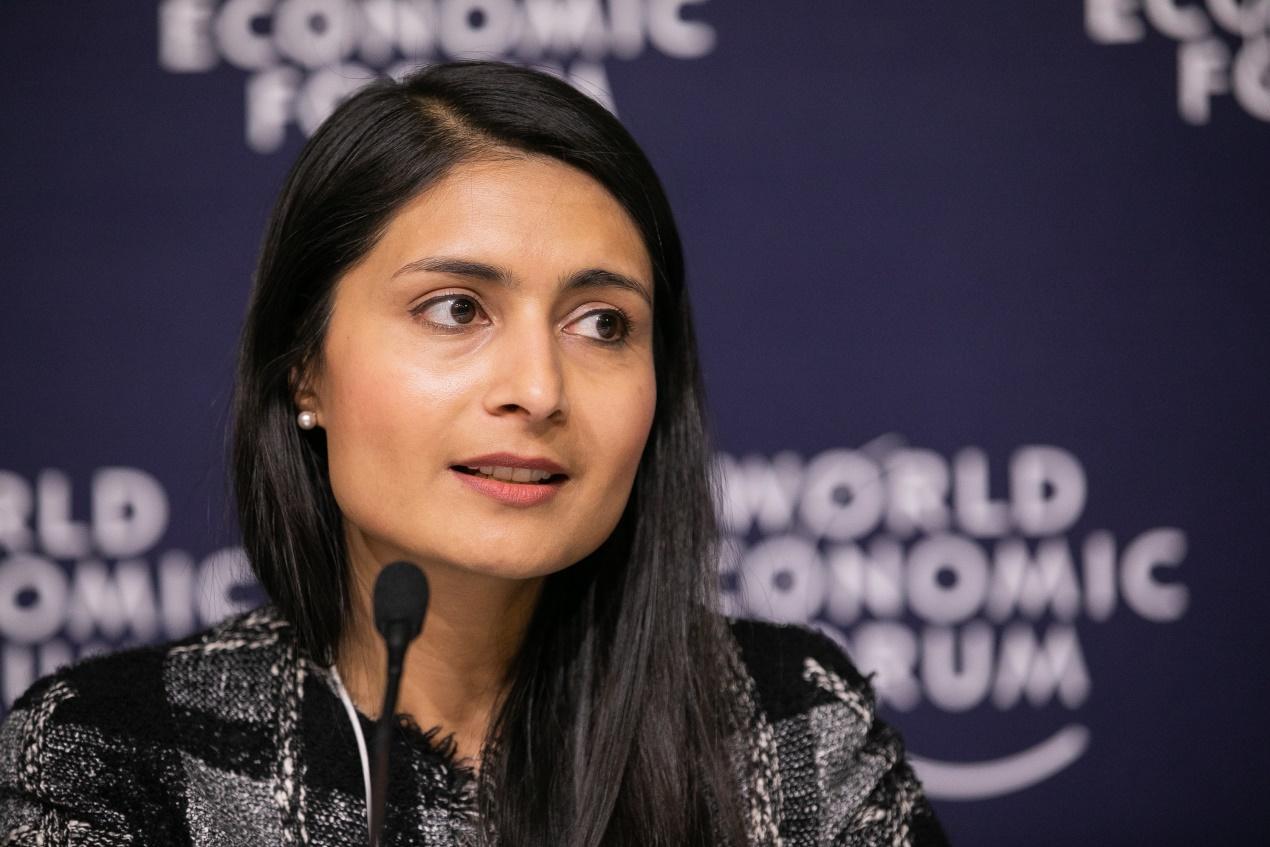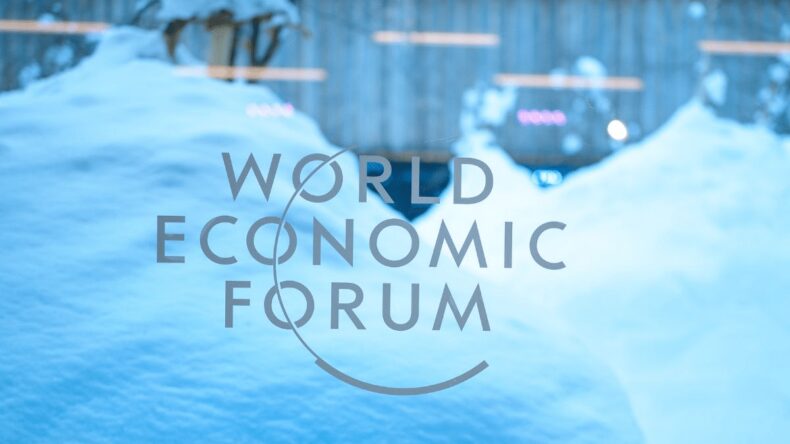Days after Smriti Irani flagged “flaws,” WEF agreed to make changes in the criteria for gender gap reports.
Table of Contents
The World Economic Forum has decided to make changes and will take into account the participation of women at the panchayat level to assess future global gender gap reports. It is believed that this may improve India’s position at the global level.
Four criteria to assess gender gaps by WEF
The World Economic Forum (WEF) uses four criteria to assess the gender gap: economic participation and opportunity, educational attainment, health and survival, and political empowerment. These criteria are used to rank countries based on their level of gender equality and to identify areas where progress is needed.

Economic participation and opportunity look at the level of women’s participation in the labor market and their access to economic resources. Educational attainment looks at the level of education that women have access to and the level of literacy among women. Health and survival look at the level of women’s health and their life expectancy. Political empowerment looks at the level of women’s participation in politics and the level of representation in government.
Minister Smriti Irani on the gender gap assessment
In a recent visit by Minister Smriti Irani to Davos, where she led an Indian delegation for the WEF, she reiterated the ‘flaws’ in the ranking system. Smriti Irani, who is the Union Minister for Women and Child Development of India, was soon given an assurance letter by the international body that the body is re-examining and changing the indices for the ranking.

According to a senior government official, the international body has ignored political participation at the panchayat level. Smriti Irani said the same thing when the WEF 2022 report on the global gender gap was released, in which India was ranked 135th. In December of last year, she pointed out various flaws in the system, which, if rectified, can make India one of the top 20 nations in the gender gap report.
Flaws in the Gender Gap Assessment
India is vastly different from the western world as, due to its diversity, it has many grassroots-level institutions, which are rarely ever taken into consideration by international-ranking institutions. The Union Women and Child Development Minister has pointed out some of the aspects ignored by WEF.
According to the minister, the WEF does not take into account:
- Political empowerment at the grass-roots level: women who serve across panchayats and municipalities as district panchayat presidents, sarpanches, mayors, and councilors. WEF only looks at the number of women in the Union Cabinet and members in both houses of Parliament.
- Women serving in the administrative system: such as collectors, superintendents of police, and paramilitary forces.
- Social workers and Anganwadi workers: crores of women serve as ASHA (Accredited Social Health Activist) workers and Anganwadi workers.
- Financial Transactions: the 22 crore women who conduct financial transactions daily are empowered.
The World Economic Forum’s Position on this Issue
Saadia Zahidi, the managing director of the Centre for the New Economy and Society, which produces the ranking on behalf of Forum, has stated that they will collaborate with the Indian government to find a globally comparable way to assess the participation of women in local political decision-making.

WEF will also showcase on its digital platform the impact achieved by the Indian government through its gender budgeting system. The forum will also set up a “Skills and Gender Parity Accelerator” in India to scale up targeted public-private initiatives that will prepare the Indian workforce for the future.
Government officials have confirmed that the WEF has agreed to include the indicator that shows the gendered dispersal of funds and gender budgeting in a country. As of now, India is the only country to do so.













